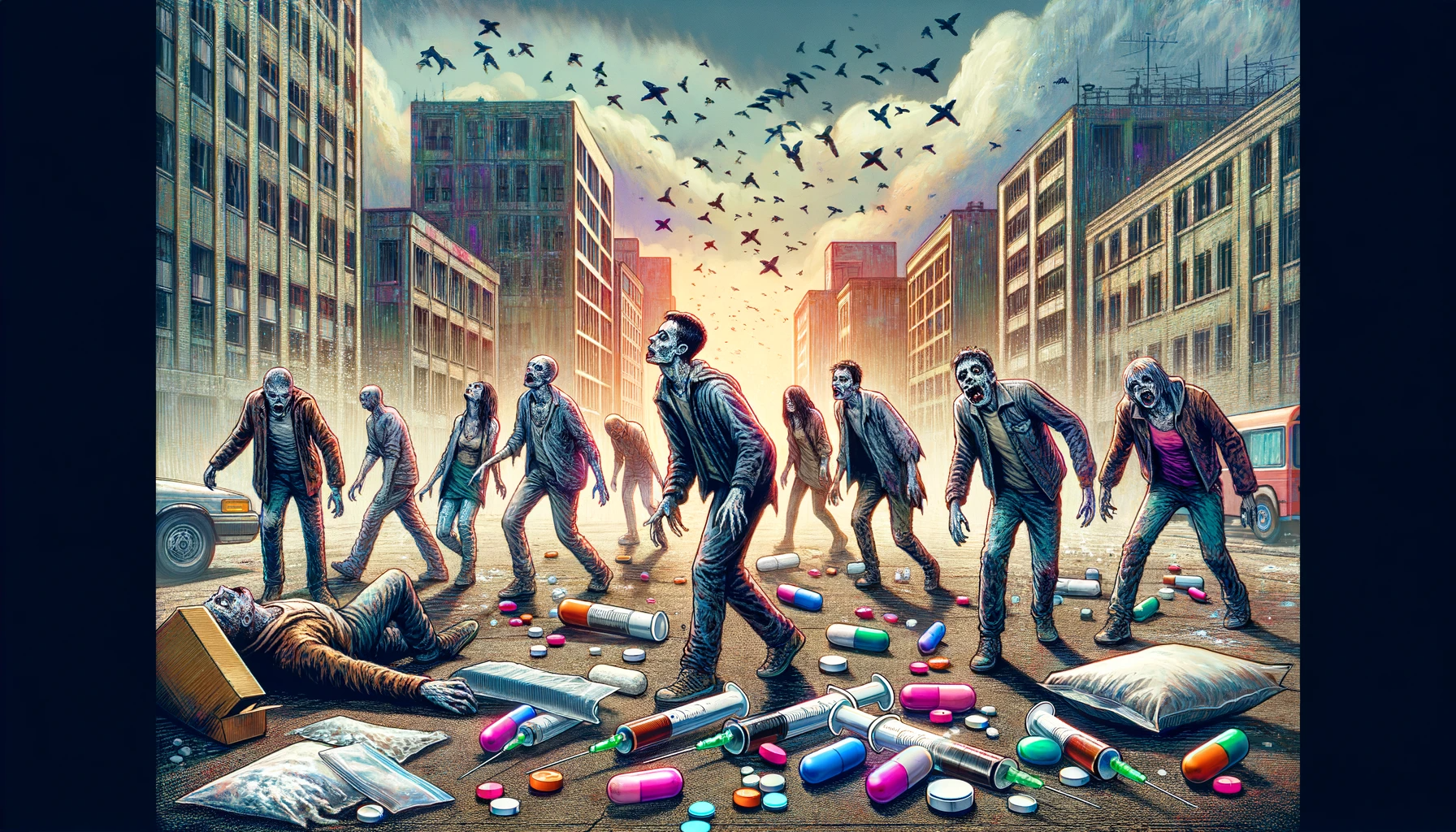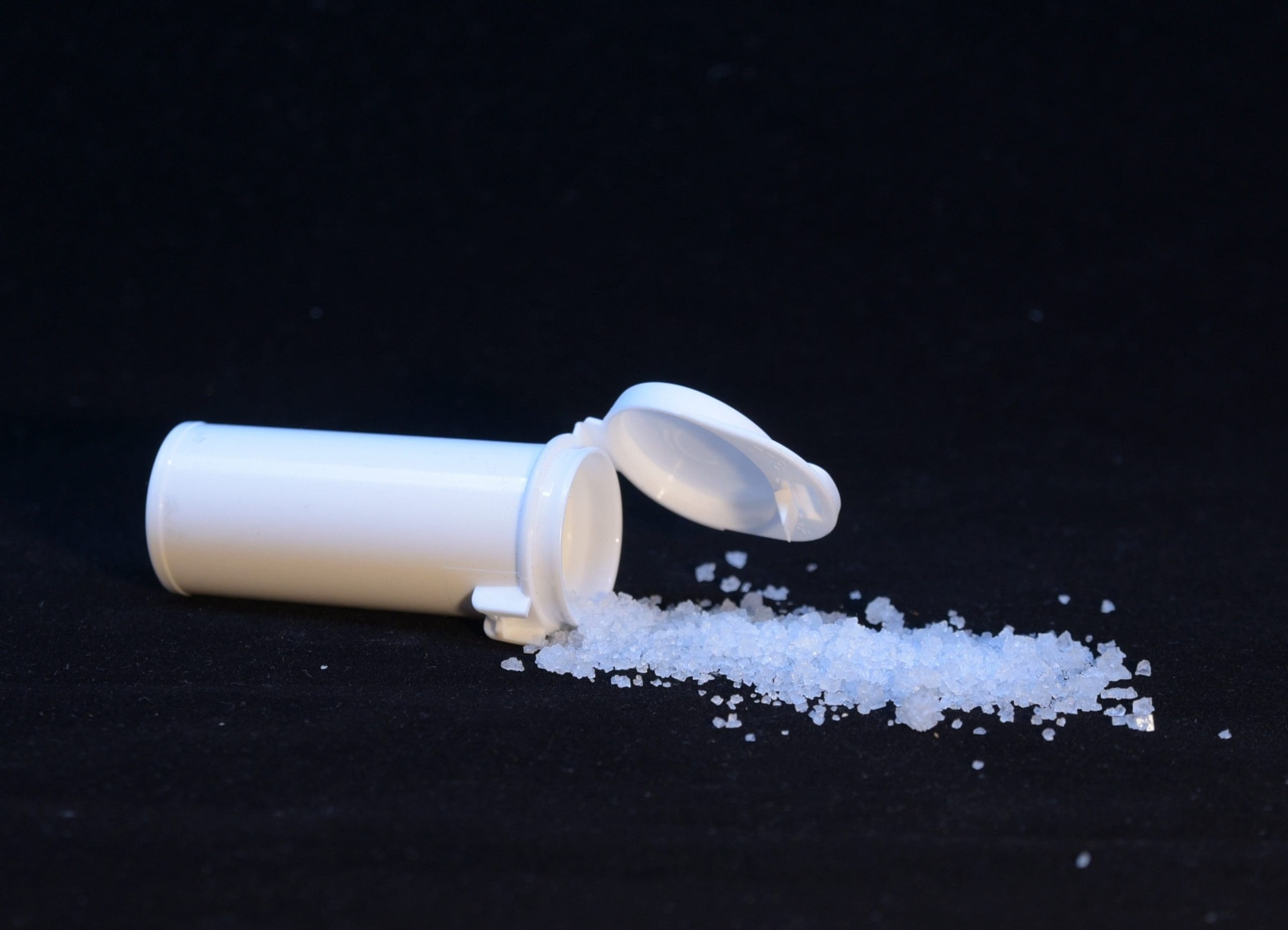- Fentanyl vs Dilaudid: Dilaudid, containing hydromorphone, is about 10 times more potent than morphine but still about one-tenth as strong as fentanyl.
- Fentanyl vs Oxycodone: Oxycodone is about one-and-a-half times more potent than morphine, making it much weaker compared to fentanyl. Fentanyl’s potency is such that even a small amount can lead to overdose, significantly stronger than oxycodone and other commonly prescribed opioids.





















